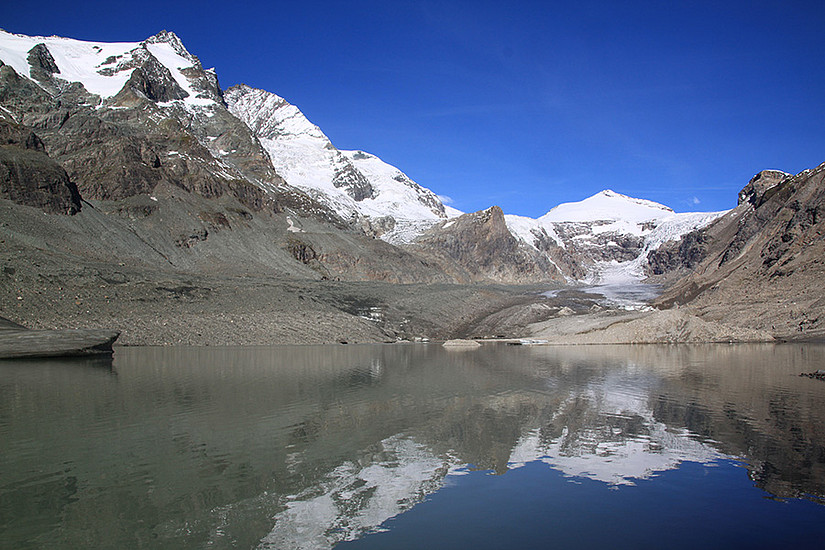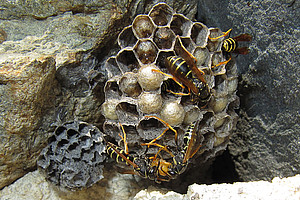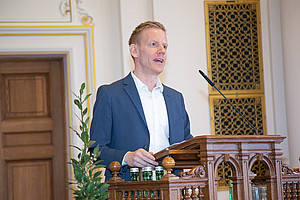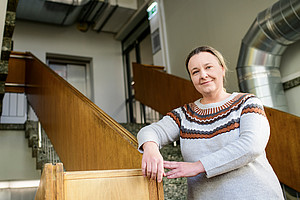Climate change is causing the glaciers to melt and the Pasterze is no exception. For many years, researchers at the Institute of Geography and Regional Sciences at the University of Graz have been documenting the changes to Austria’s largest glacier. The melting ice has created a lake whose area has increased sixfold since 2010 and now amounts to 30 hectares. For the first time, geographers recently paddled a boat around the lake at the foot of the glacier to measure its depth.
The results surprised the researchers: “The basin of Pasterze Lake is more than 48 metres deep in the centre, and even at the edge of the glacier we measured more than ten metres in many places. This suggests that large volumes of ice have probably melted away below the lake level in the last few years,” reports Andreas Kellerer-Pirklbauer. The geographer and his colleague Christian Ziesler were the first to drive around the lake in a boat on 13 September 2019 and to carry out echo-sounder measurements. The venture was risky, as large, slowly-drifting icebergs and dead ice suddenly appearing represent a danger that should not be underestimated.
Since September 2018, Kellerer-Pirklbauer has lead a research project funded by the Glockner-Öko-Fonds with the aim of quantifying dead ice deposits in front of the glacier and observing their development. The so-called “dead ice” lies under rubble as well as under water in front of the actual glacier. “This hidden ice is also rapidly diminishing. The process is accelerated by the influx of meltwater from the entire catchment area,” explains the geographer. When ice breaks off from the bottom of the lake, it often surfaces in the form of icebergs – a fascinating but potentially dangerous natural phenomenon.
Andreas Kellerer-Pirklbauer is team leader in the research group on Alpine Landscape Dynamics (ALADYN) at the University of Graz. Together with his colleague Gerhard Lieb, he also runs the glacier monitoring service of the Austrian Alpine Association on a voluntary basis. Wolfgang Sulzer, head of the research group Geospatial Technologies (GST) at the University of Graz, and Gernot Seier perform drone flights above the Pasterze.




